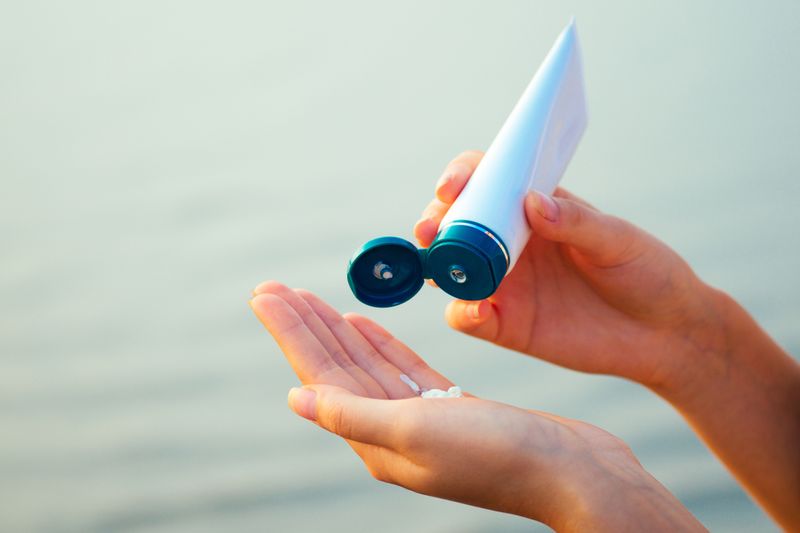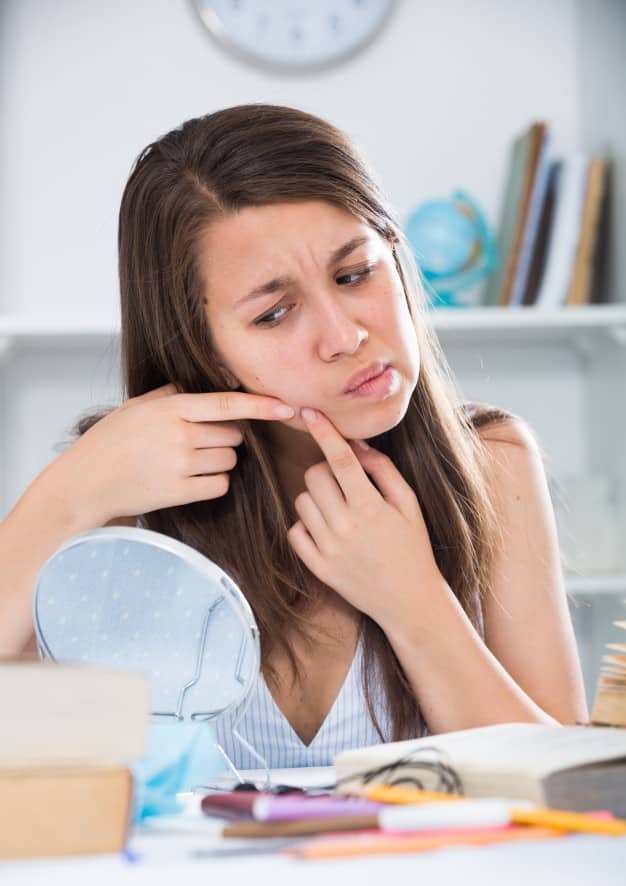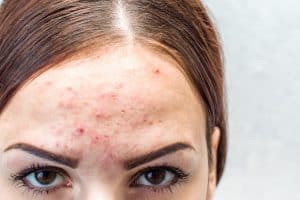Acne occurs mainly due to inflammation on the skin caused by bacteria, sebum, and dirt that collect in your pores. They may or may not be painful, but nevertheless are still known for hindering your appearance. There are quite a few treatments that are used simultaneously that help in getting rid of acne; Benzoyl Peroxide for acne being one of them.
What is benzoyl peroxide?
It is a chemical substance that is used to treat mild to moderate acne. Benzoyl Peroxide in different forms such as washes, lotions, gels, etc., has been known to help reduce the causes of acne.
This, however, does not mean that it is used to heal acne completely. It is best to not self medicate. Consult your doctor to find out how you can incorporate this product in your skin routine to help with your acne.
Now since we know what acne is, let’s try to understand how using Benzoyl Peroxide for acne as a treatment can help.

Benzoyl Peroxide has three main functions:
When you use Benzoyl Peroxide for acne, it acts as an antiseptic on the infected areas.
Flushes out bacteria
Because acne is caused due to blocked pores filled with bacteria, benzoyl peroxide helps flush out this bacteria and thereby clean out the pores. It dries them out and gets rid of any sebum or dirt that exists.
Oxidation
The term oxidation itself in chemistry means the removal of electrons. Benzoyl peroxide is an oxidising agent. The free-radical reaction of benzoyl peroxide can break down keratin, therefore unblocking the drainage of sebum (comedolytic).
Anti-inflammation
Benzoyl peroxide is believed to decrease inflammation that causes redness and ultimately acne breakouts.
How to use benzoyl peroxide
- Benzoyl peroxide, as mentioned above, can be found in different forms. If you are prone to acne breakouts over a large area, then a benzoyl peroxide wash is probably what’s best, accompanied by other forms of treatment.
- Using too much of it could result in extreme reactions. We always stress that too much of anything can be harmful, even if it’s natural ingredients; benzoyl peroxide is a chemical, and it is bound to have certain side effects.
- Pharmacies have products with different concentrations of benzoyl peroxide, ranging from 2.5-10. Higher concentration doesn’t necessarily mean that you’ll get more significant results, although it might lead to more irritation and slightly more severe side effects.

The side effects of using benzoyl peroxide
The common side effects of using benzoyl peroxide for acne are itching, redness and peeling. Peeling takes place mainly because it dries out the skin in order to remove bacteria. If any of these side effects worsen, then it is best to consult your doctor.
Less than 5% of the people who use this drug have proven to be allergic to it. However, it’s best to be cautious and test if you’re allergic first.
How does benzoyl peroxide affect pregnant women?
Pregnant women are specifically supposed to be more cautious with this ingredient and should use it only when highly required. Reports suggest that though the amount of benzoyl peroxide absorbed by the body is less and could potentially be safe for the foetus, some benzoyl peroxide-based products have other chemicals such as salicylic acid that could be harmful during pregnancy. It’s best to consult a doctor before taking any medication during pregnancy.
What to do in case of side effects
In case you have already used benzoyl peroxide for acne, and it has shown to work well for your acne, but at the same time, it does cause itching and redness, here is something that you can do.
Moisturisers are known to help you reduce any kind of redness or irritation on your skin; however, it’s better to go for non-comedogenic moisturisers if you are prone to oily skin.
The silver lining
While benzoyl peroxide is excellent for acne, it comes with its own set of drawbacks. All you need is to know what you’re getting yourself into and take the proper precautions while using it!
FAQ’s
1. How long should I use benzoyl peroxide for acne?
It is said that a four-week kickstart allows benzoyl peroxide to start working on your acne. So you could be looking at a period of a couple of months of treatment, but this entirely depends on what your doctor recommends.
2. Which is better salicylic acid or benzoyl peroxide, for acne?
Both ingredients work on minor forms of acne. If you have a more severe condition, talk to a dermatologist. Salicylic acid is a great option for blackheads and whiteheads, while benzoyl peroxide is good for pustules.
3. Should I moisturise after benzoyl peroxide?
It is a great idea to moisturise well when using benzoyl peroxide as it tends to make the skin dry.
4. What can you not mix with benzoyl peroxide?
One ingredient that you should probably avoid mixing with benzoyl peroxide is retinol.
Don’t know how to be free of acne? Looking for ways to stop relapse of acne? Download the CureSkin App now by clicking here to get the best treatment for your skin! It’s easy, fast and affordable!






